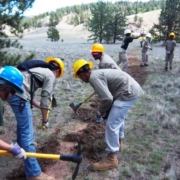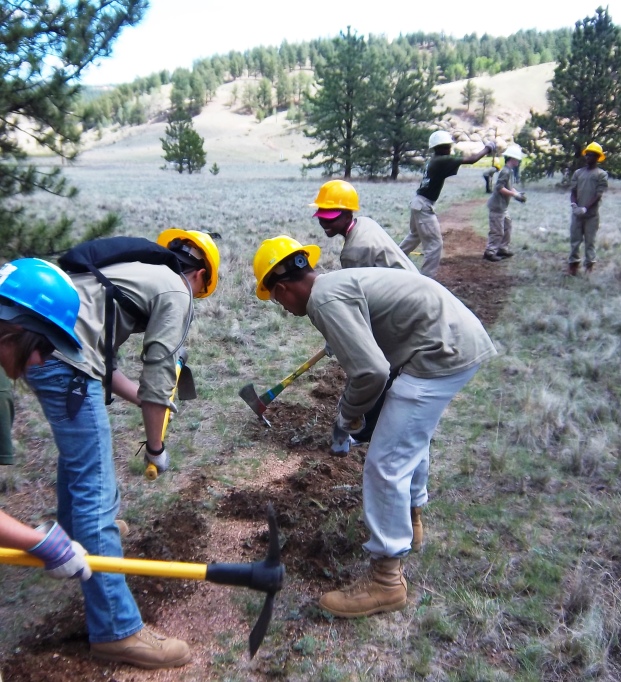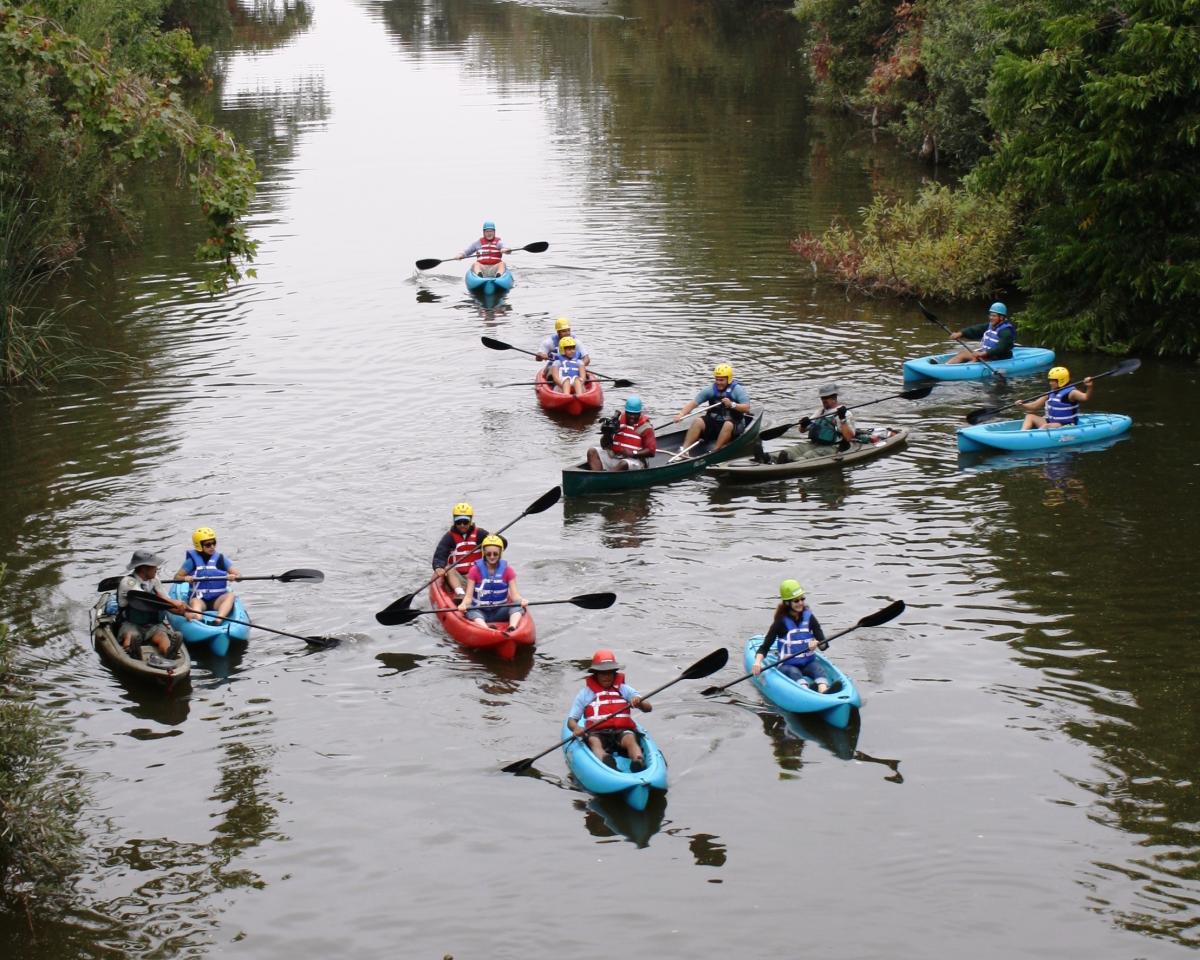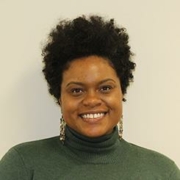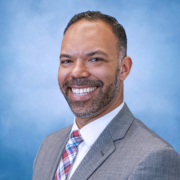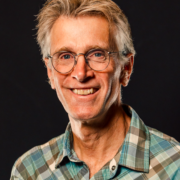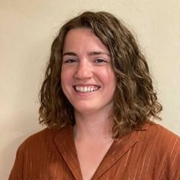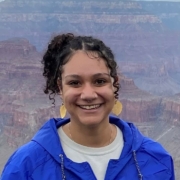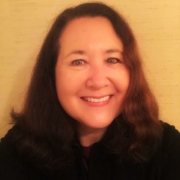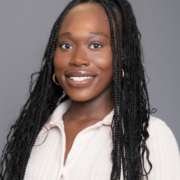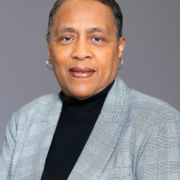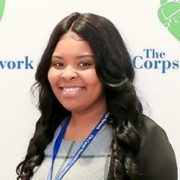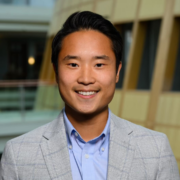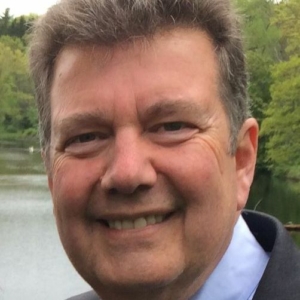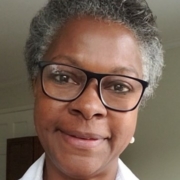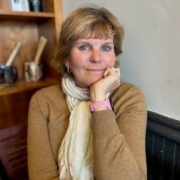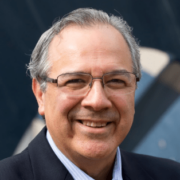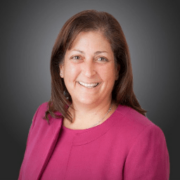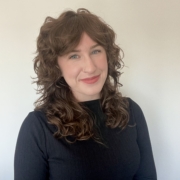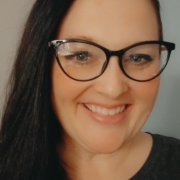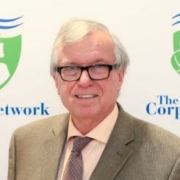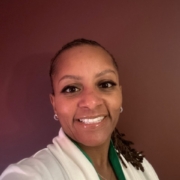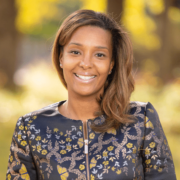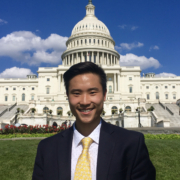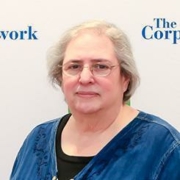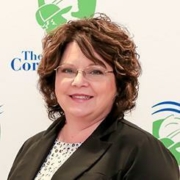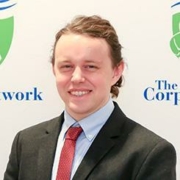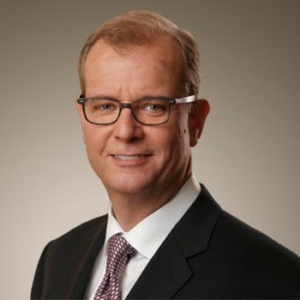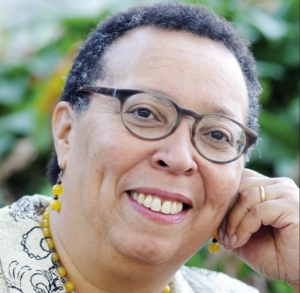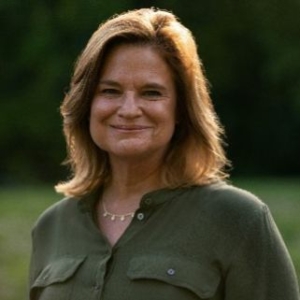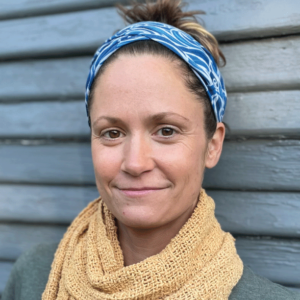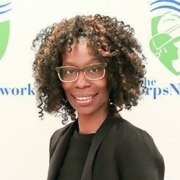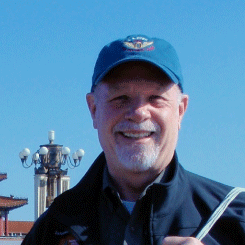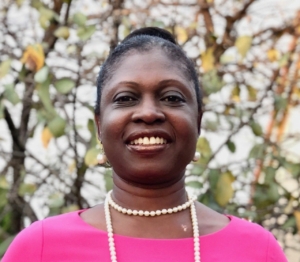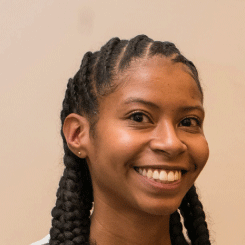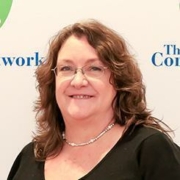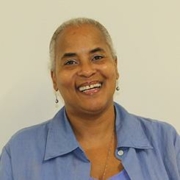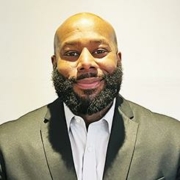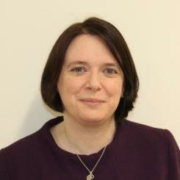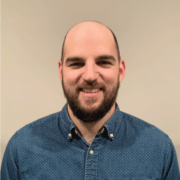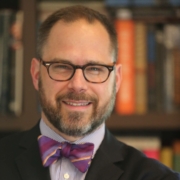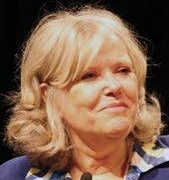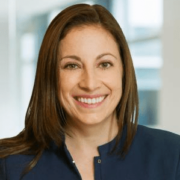2012 Project of the Year: Recycling Black Locusts for a Win-Win

Winner: SEEDS Youth Conservation Corps
SEEDS staffers hold a harder line than most when it comes to purchasing policies because of their organization’s mission to bring a holistic perspective to design challenges and help communities make durable decisions about their own future. For the boardwalks, platforms, and other construction projects the Corps was getting, no one wanted to use toxic, chemically treated lumber.
In Michigan lumber for projects often comes from the West Coast, draining valuable financial resources from the state economy and requiring heavy product to be shipped across vast distances, which is a complete loser in terms of emissions and embodied energy. SEEDS generally desires to build things out of resources that are readily available.
A perfect storm of opportunity was created when SEEDS learned of the possibility of using black locust lumber. Simultaneously they learned that the National Park Service was girdling large stands of it, as it is considered by them an invasive species in Michigan. Black Locust posts have been known to last as long as 100 years in the ground. This wood is very heavy, providing strength and durability. This combined with its rot resistance makes it the ideal choice for fencing, boardwalks, hops yards, and landscaping.
SEEDS Youth Corps creates custom lengths, milled posts, fencing, and decking materials as well as fire wood all for its own use and for sale. The use of black locust has improved the Corps in a number of ways including 1) benefits associated with using higher quality lumber, 2) benefits with sourcing materials locally and using nontoxic material, 3) having direct control over the materials they use, 4) students learning how to both create and fill an order for lumber and learning about the full life cycle of these materials from tree to boardwalk and back into tree, and 5) significantly increasing the number of hours SEEDS can afford to hire its Corpsmembers.
With its new programmatic investment in black locust products, the Corps has already added the equivalent of 2.5 full time green collar jobs for youth in a community that faces far higher rates of unemployment than even their parents do in these economically depressed times and regions of long standing rural poverty. These hours are split among many employees and this work, in and of itself, helps these students stay on track at school, improve self esteem, and generate income for their families. SEEDS expects this number to only grow for the foreseeable future.
By using black locust rough cut lumber in place of treated decking, SEEDS reduced the greenhouse gas impacts of traditional decking lumber production by between 93% and 97%. During the first three quarters of 2011, by displacing traditional treated lumber with locust we reduced 18 metric tons of greenhouse gas emissions (CO2e). This is equivalent to the annual emissions of 3.5 cars or 1.6 homes. Quantifying the impact that the toxic chemicals in treated lumber have on ecosystems – especially wetlands where it is most often used – is not currently accessible to SEEDS, but they are seeking scientists who can effectively illustrate this impact.
Another positive aspect to the program was that Youth Corps staff were trained to take trees down in the park, mill them on-site, organize and transport the lumber, and create beautiful, long lasting, locally sourced, nontoxic carpentry projects for the entire community to use. Corpsmembers have learned to recognize black locust not only as an invasive species but also as resource. They have procured products with their own hands rather than through purchasing and have learned that these projects will last a lifetime. As a result of this project they have also received the following trainings: invasive species identification, herbicide application certification, botanical Illustration and identification, plant identification in the Anishinaabemowin language, first aid and CPR certification, and basic construction. Older Corpsmembers have also received MIOSHA chainsaw certification, wildfire chainsaw certification, and four-season proper tree harvesting techniques.
Creating jobs to create the raw materials needed for other jobs added over $50,000 of community support in the first three quarters of 2011. Additionally, SEEDS has generated another $35,000 by selling locust products to organic farmers – a significant market that they had not previously been involved in. In total the project has provided an additional 5200 hours of paid employment to Corpsmembers.
This is a classic example of looking with an innovative eye toward someone else’s waste product as a resource for someone else. The National Park saw these trees as invasive and a waste – at best firewood. SEEDs saw these trees as economic generators for their community.





